Have you noticed brown spots on your teeth but aren’t sure what they are? There’s a big difference between a common stain and a cavity, and seeing brown spots can be more than a little unsettling, especially if you’re not feeling any pain. Keep reading for some professional insight on stained teeth and cavities that will help you figure out if the brown spots on teeth you’re seeing are serious or not.
Extrinsic & Intrinsic Stains
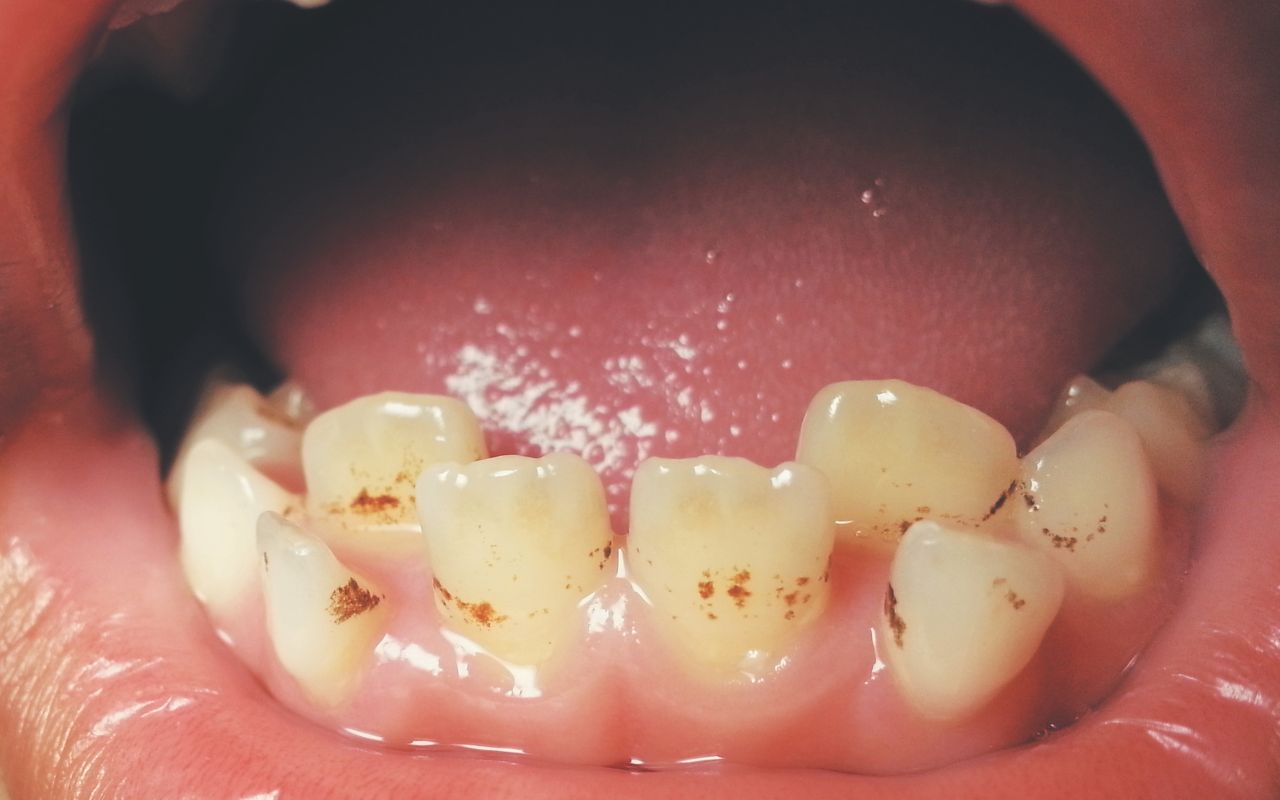
An extrinsic tooth stain refers to a spot that develops when various staining components have penetrated the enamel of the tooth. These typically come from dark or acidic foods and can give your tooth a brown, yellow, or generally dull-looking appearance. This type of stain can result from years of tobacco use or from diets that include a lot of acidic foods such as soda, coffee, tea, or red wine. Extrinsic stains can usually be improved using cosmetic dentistry procedures like teeth whitening, porcelain veneers, or dental bonding.
On the other side, intrinsic stains develop from within the tooth and are often the result of environmental or genetic factors. These may include specific medical conditions, certain medications, trauma to the teeth, infected root canals, internal fractures, or taking in excessive fluoride. Depending on the cause of an intrinsic stain, the treatment can vary and may include crowns or fillings, veneers, dental bonding, or even a root canal.
Common Causes Of Brown Spots On Teeth
There are many different causes of brown spots on teeth, and it’s always a good idea to visit your dentist to ensure any brown spots you may have are not related to a serious dental issue. Here are some of the most common causes of brown spots on teeth that we see in our dental office:
Nicotine
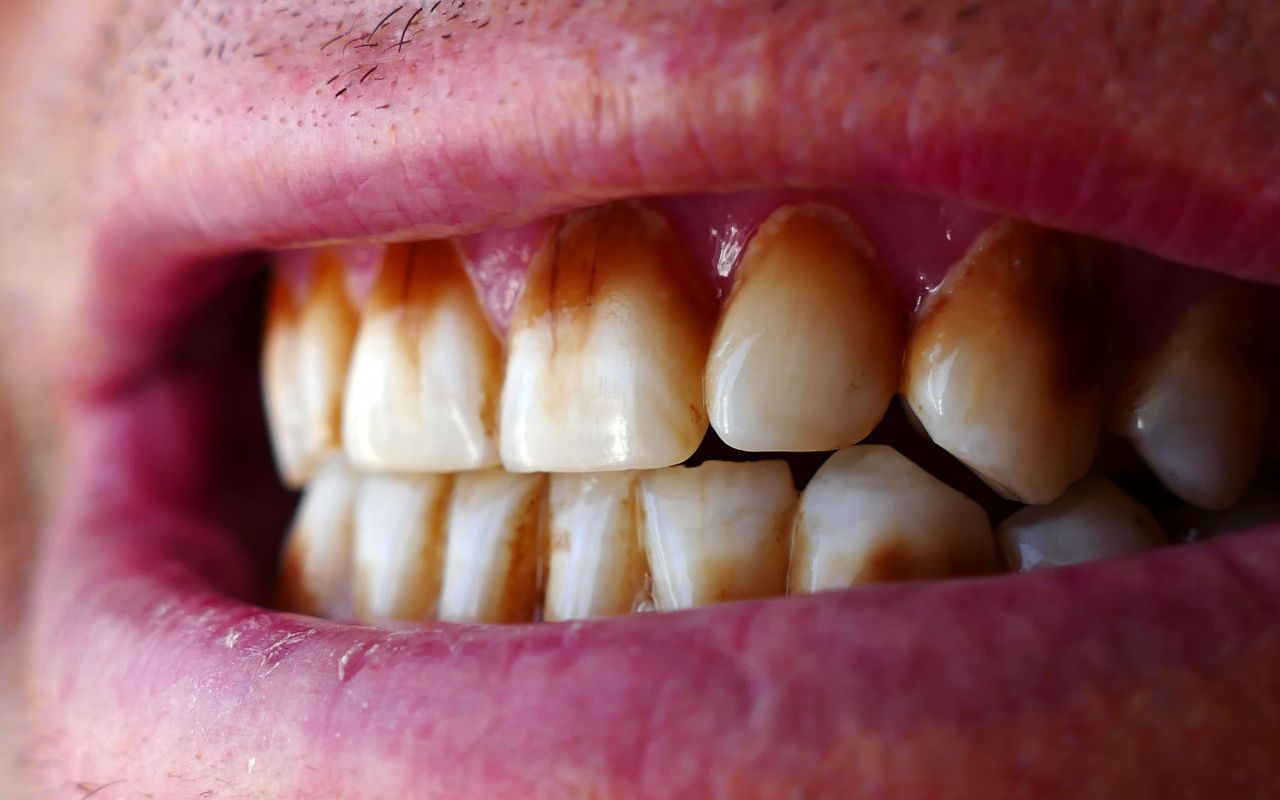
Tobacco products are a common cause of surface stains, and you can see staining from smoking cigarettes, cigars, pipe tobacco, or chewing tobacco.
The food you eat

The things you eat and drink can result in teeth stains, and it’s not always just from unhealthy foods. If you eat a lot of blueberries, blackberries, pomegranates, and other strongly coloured fruits, you may end up with stains on your teeth. This is also true if you love beverages like coffee, tea, red wine, and cola.
Tooth decay
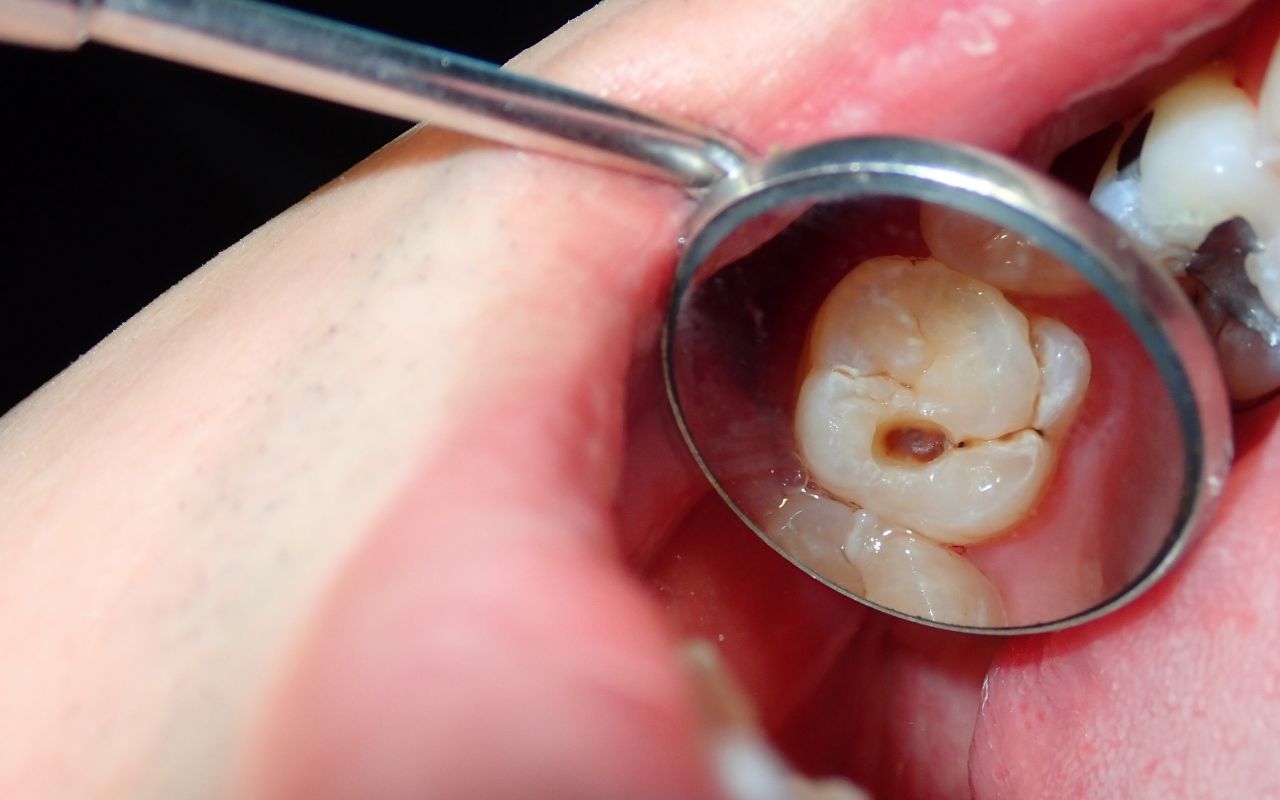
As much as most people hope the brown stains on their teeth are not related to tooth decay, it is still a common cause of discolouration. When your tooth enamel begins to erode, the result can be tooth decay. Plaque that contains bacteria is always forming on your teeth, and if it isn’t regularly removed through brushing and flossing, the acid will break down the enamel and result in cavities with brown stains.
Tartar
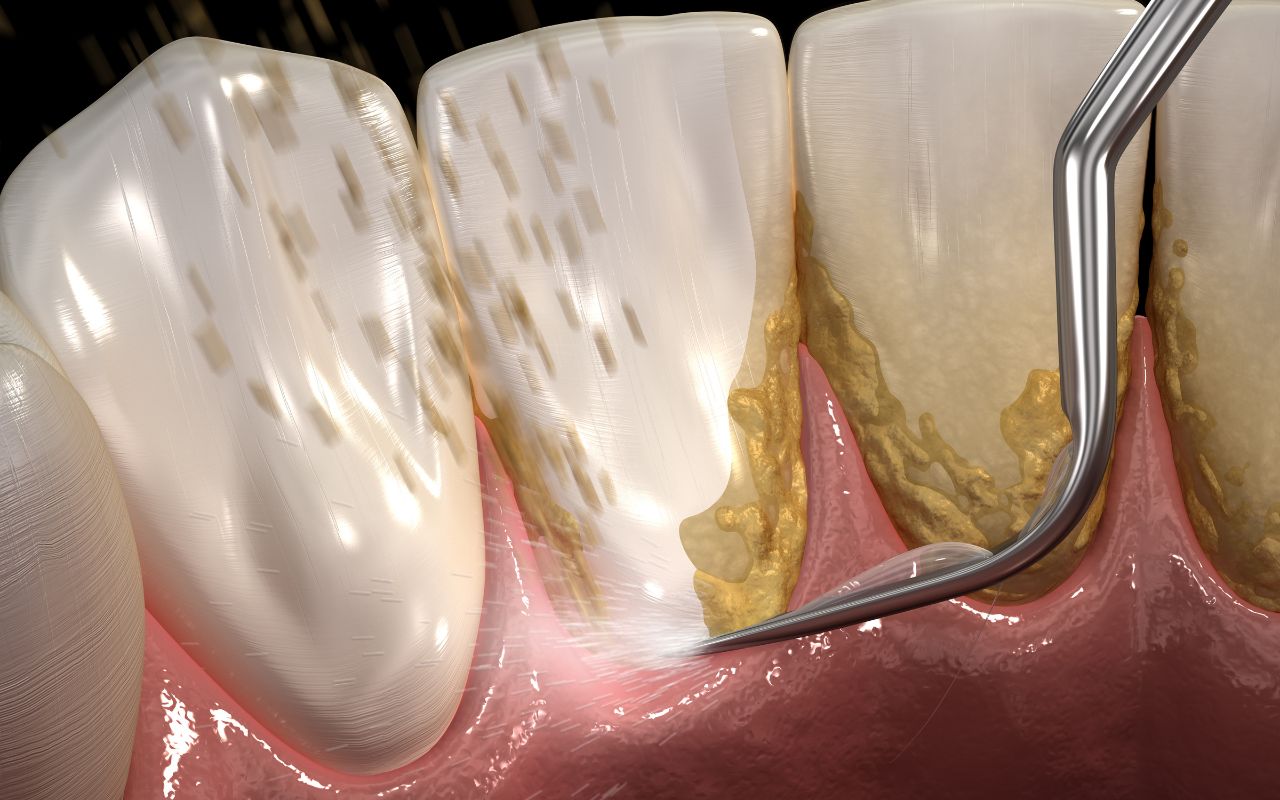
Hardened tooth plaque that isn’t regularly removed can turn into tartar, which can range in colour from yellow to brown and is visible along your gumline.
Fluorosis

It is possible to have too much of a good thing when it comes to fluoride. When you have too much, it can cause dental fluorosis. Fluorosis is typically a mild issue and looks like white markings on the teeth, but if it’s severe and your tooth enamel becomes pitted, you will see brown spots.
Enamel hypoplasia
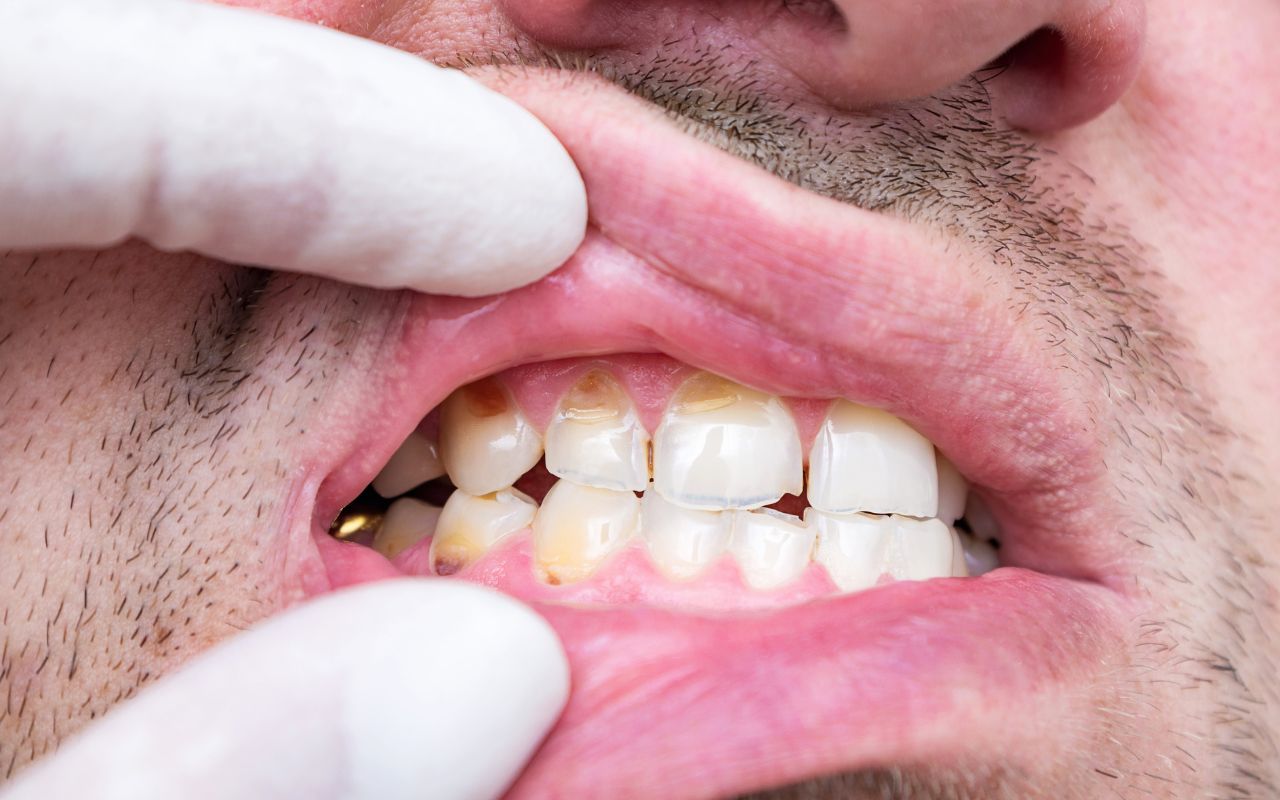
When you have enamel hypoplasia, your teeth have less enamel than they need due to genetic or environmental factors. Some of the causes of this condition include vitamin deficiencies, malnutrition during pregnancy, exposure to toxins, and other factors. Enamel hypoplasia can affect one tooth or multiple teeth and usually looks like rough textured brown or yellow spots.
Root canal
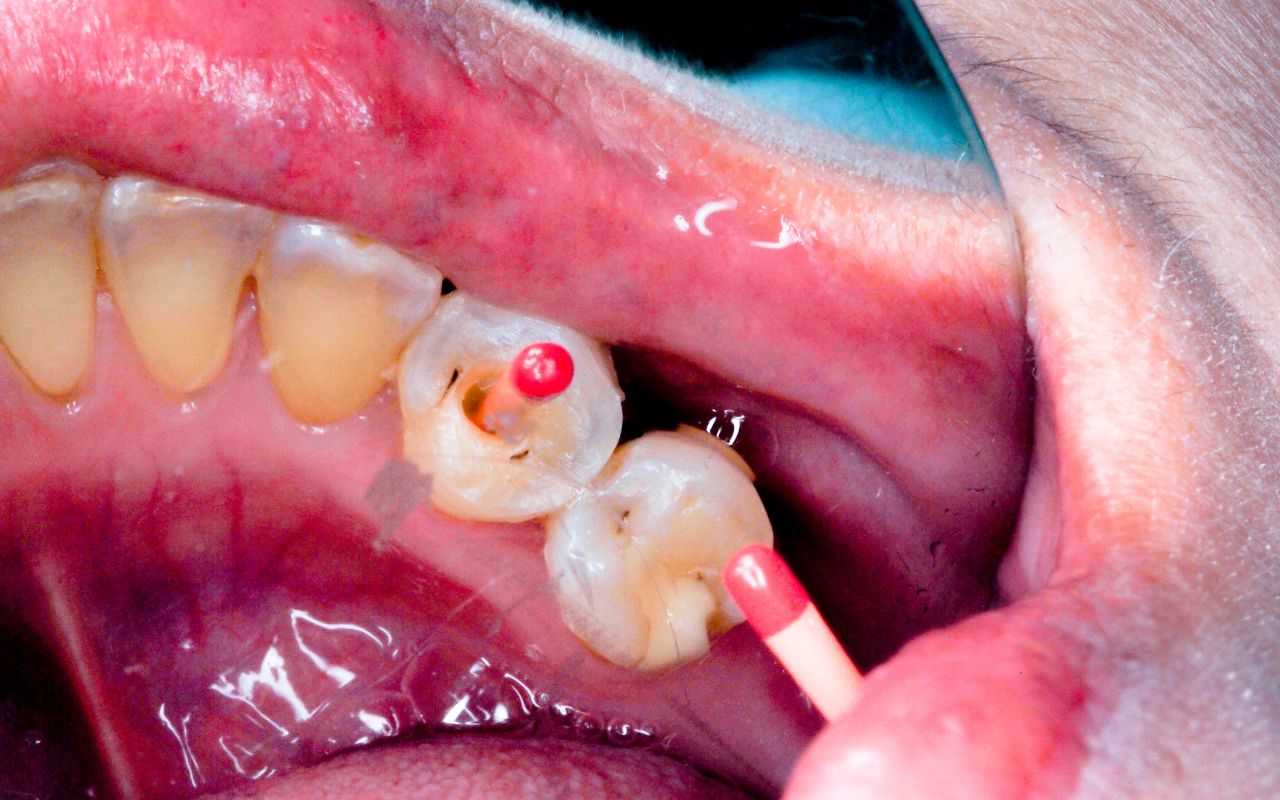
If you have a situation where you require a root canal, the dead root may end up causing the tooth to have a brown colour.
Tooth trauma
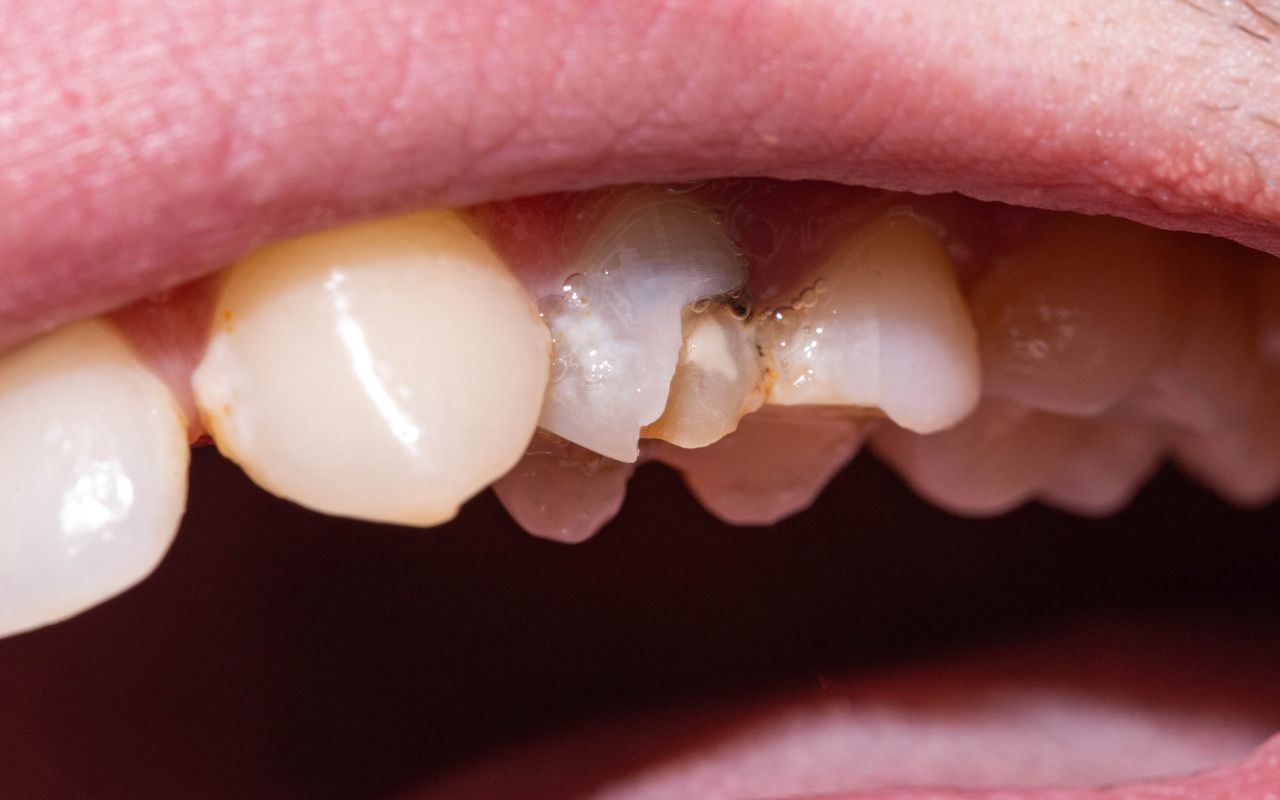
If you have had a trauma to your mouth that has damaged a nerve in your tooth, the tooth may end up with brown spots, or it may turn brown completely.
Old dental work
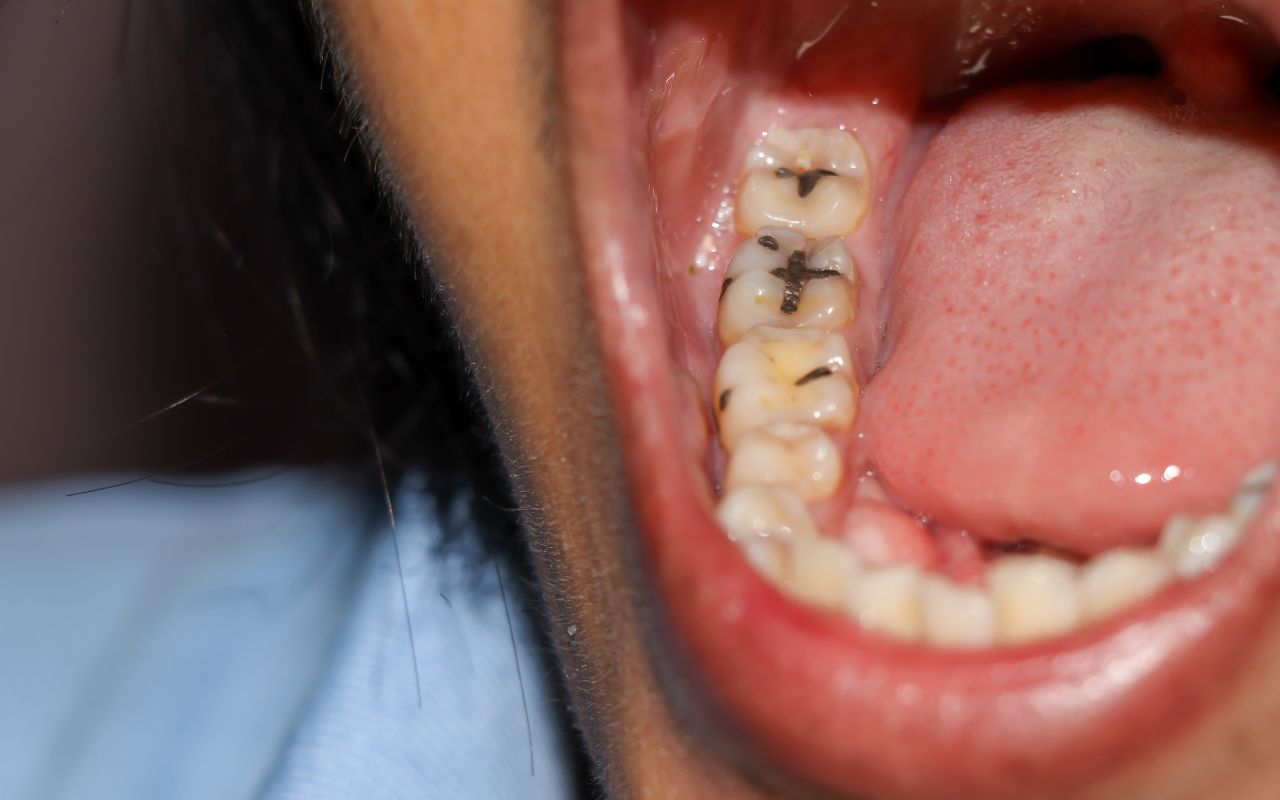
Over time, dental work that you’ve had done can end up staining your teeth, making the surface look dull or brown.
Medications
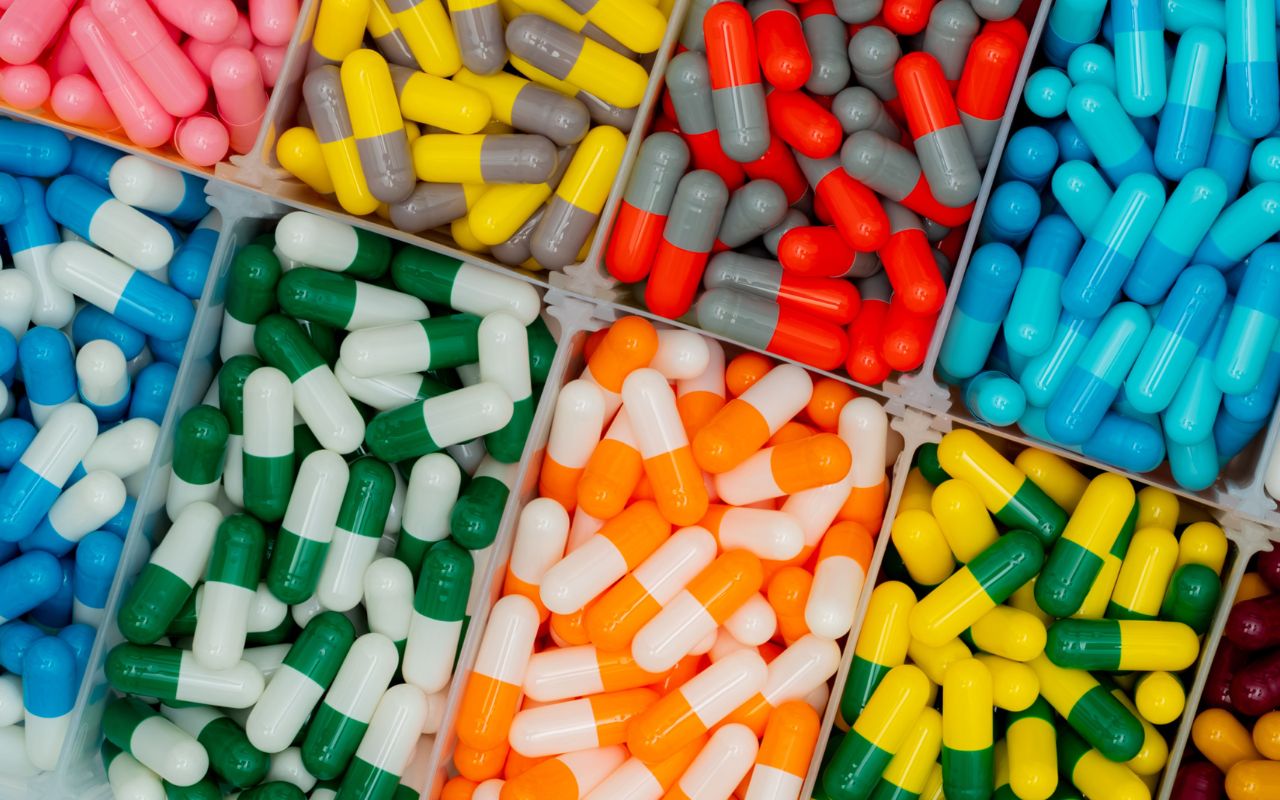
Certain antibiotics have the potential to stain your teeth. This is more likely to occur in children whose teeth are still developing, but it can also happen to kids if their mothers took antibiotics during pregnancy. There’s also a medication for permanent neonatal diabetes that can cause brown spots on the teeth.
Chlorhexidine mouth wash
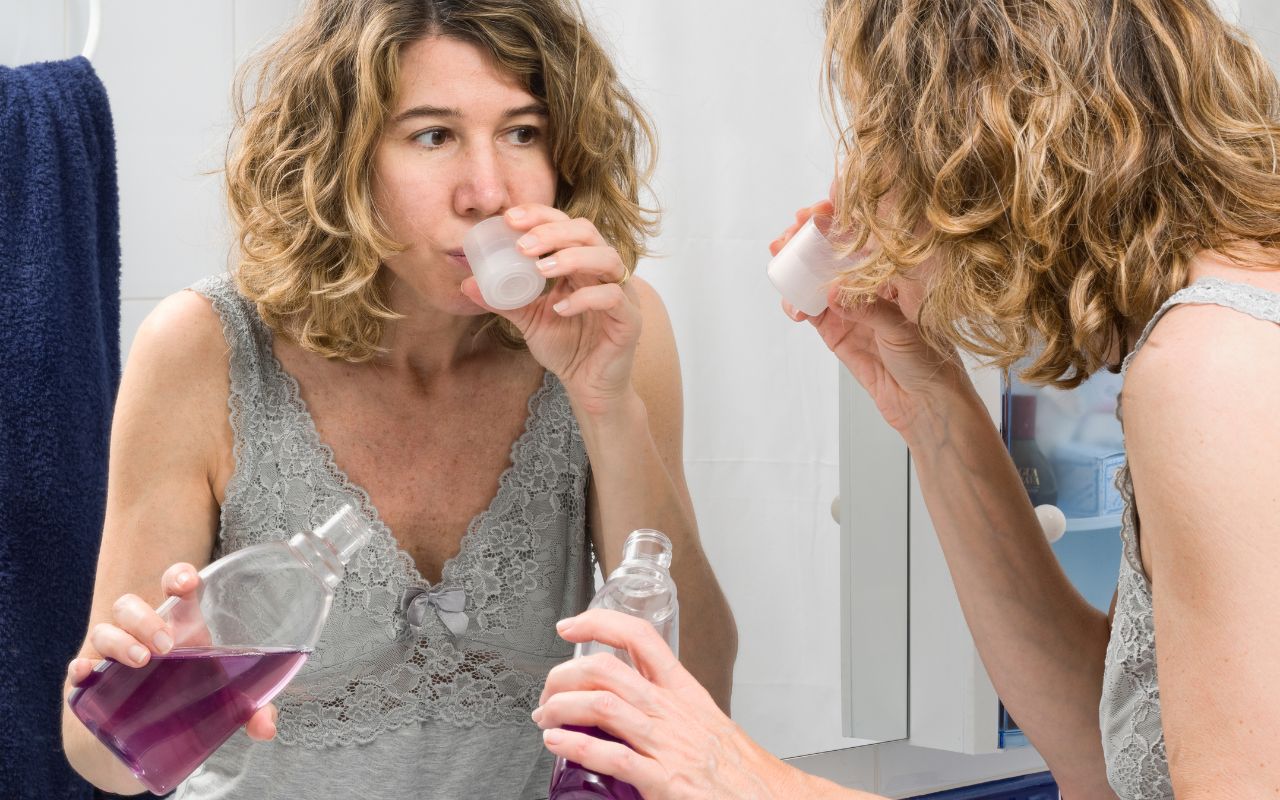
This type of mouthwash is by prescription and treats gum disease, but one of the possible side effects is brown spots forming on your teeth.
Celiac disease

People who suffer from celiac disease can end up with brown spots on their teeth, a common side effect of the condition.
Normal aging

As you get older, it’s not uncommon for dark spots or staining to occur, which may be caused by food, beverages, tobacco, darkening dentin, or thinning enamel.
Genetics
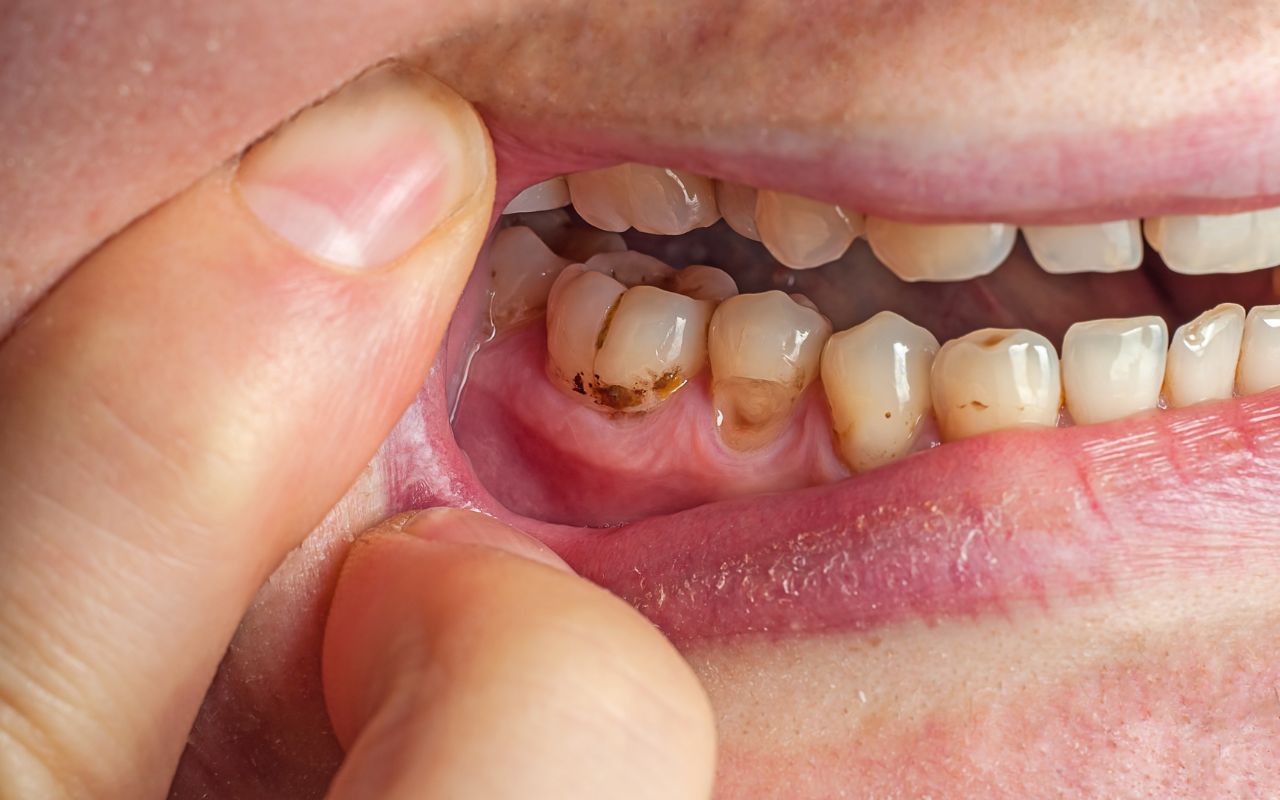
Sometimes, it’s just in your genetics to have discolouration in your teeth. Some people tend to have whiter teeth, while others seem slightly yellow or even beige. There are also some genetic disorders, including dentinogenesis imperfecta, that can cause brown spots on your teeth.
How To Tell If It’s A Cavity
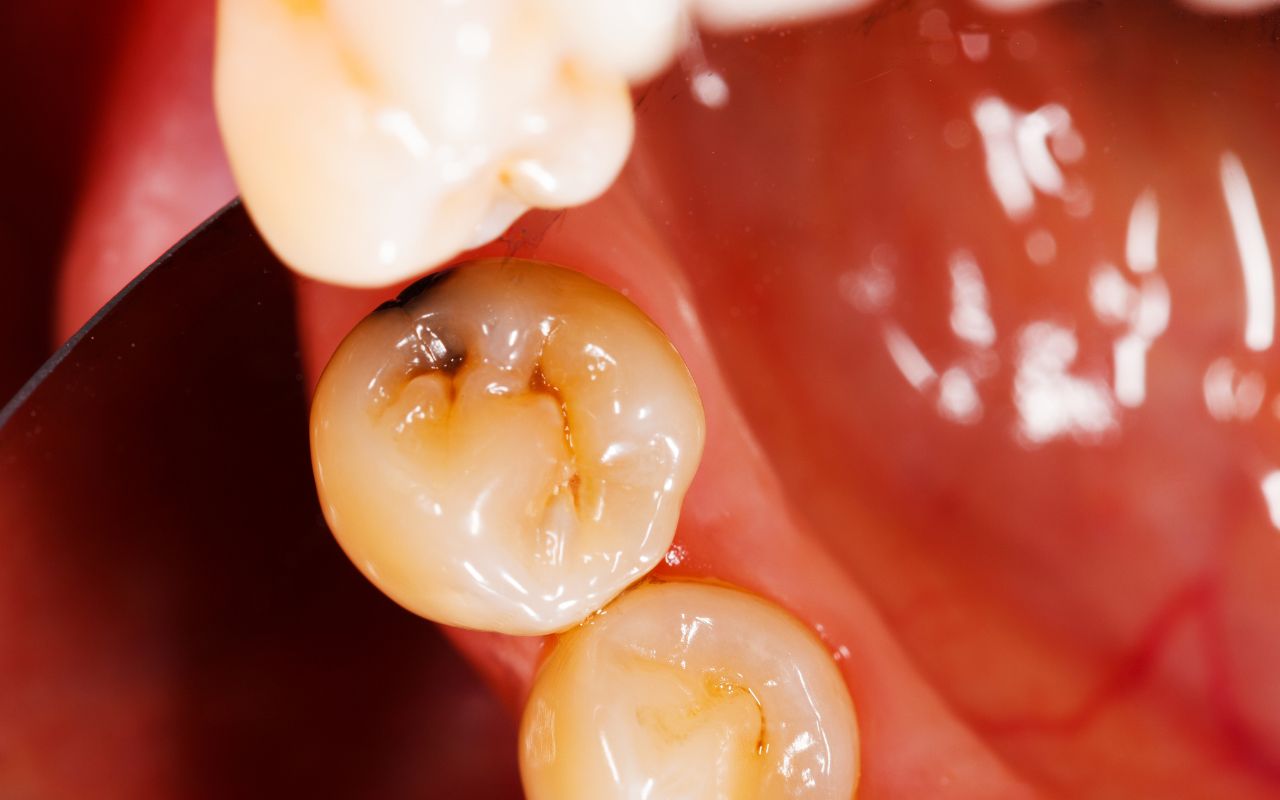
Naturally, the best way to tell if the brown spot on your tooth is a cavity is to visit your dentist and have it checked out. However, there are some signs you can look for that will give you an indication that it’s not just a normal stain. These include:
- Toothaches or spontaneous pain that occurs in your tooth without any apparent cause
- Tooth sensitivity that’s beyond what you normally experience
- Visible holes or pits in your teeth
- Brown stains or spots that don’t have a logical explanation
- Pain in your tooth when you bite down
If you have brown spots on your teeth, the best course of action is to make an appointment with your dentist to find out if you’re having an issue that goes beyond basic staining. If you don’t have a cavity, you might opt for cosmetic dental services that can remove the stain and have your teeth looking their best once again.
Call us today at 905-775-5307, or click here to request an appointment.
